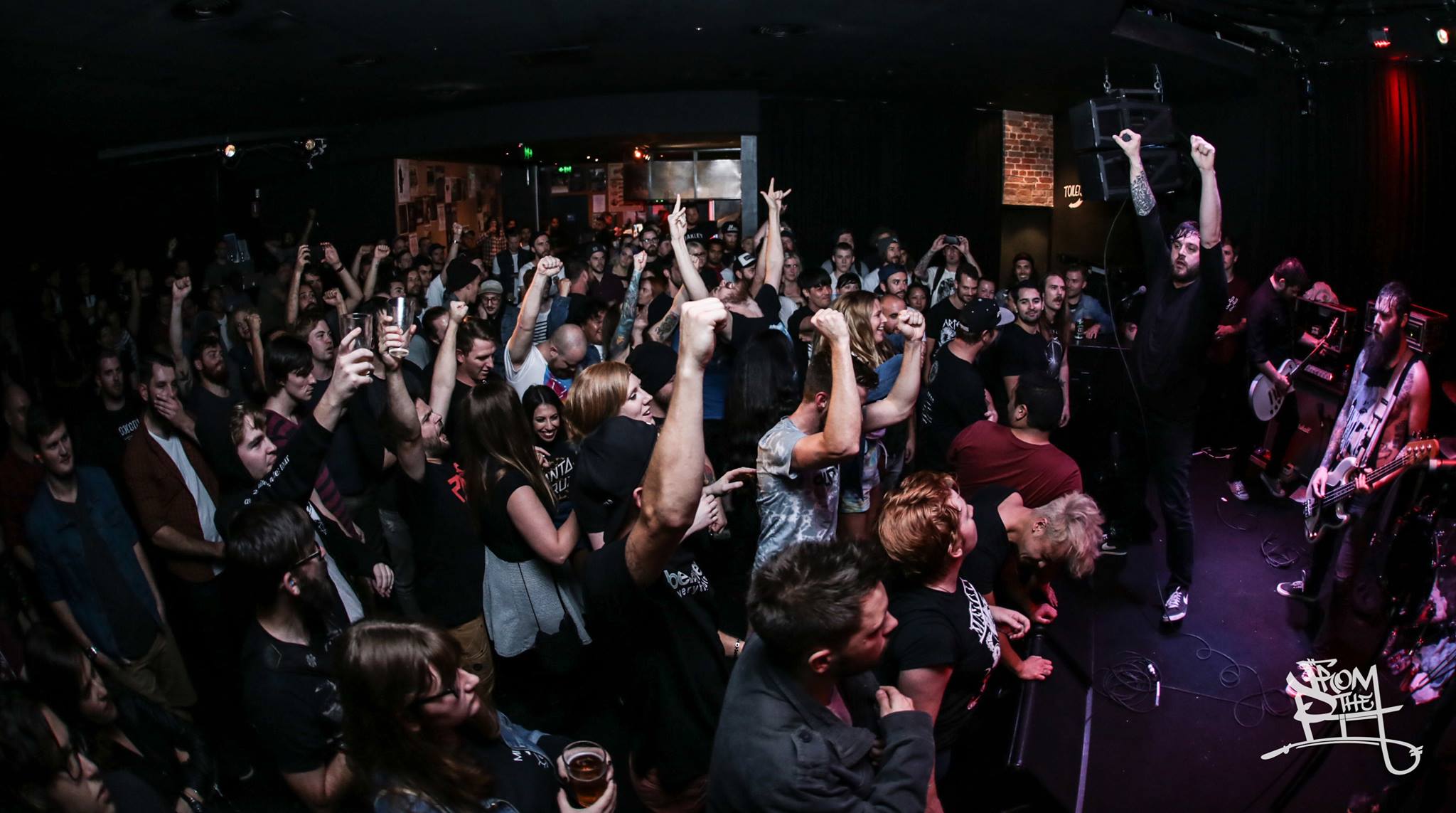City of Sydney wants to turn old buildings into live venues

Image: From The Pit at Newtown Social Club
Government authority City of Sydney, the Live Music Office and University of Sydney have proposed a strategy that will see older buildings turned into creative spaces.
Its New Ideas for Old Buildings discussion paper aims to remove regulatory barriers associated with live music to give the creative sector influence when deciding how certain spaces in Sydney are regulated.
Addressing issues within Sydney’s live performance and music sector, the discussion paper outlines six actions that support the sector and ensure the decreasing number of venues remain safe and accessible.
The proposed actions are:
Research
Action 1: Increase understanding of the challenges faced when adapting existing buildings for new creative uses by:
- Researching economic, regulatory and other factors, such as the supply of fit-for-purpose buildings, impacting on the small to medium creative sector
- Continuing to produce case studies of creative uses of the built environment
- Developing methods to assess risk profiles of building types for creative uses
- Identifying appropriate and affordable risk management options for small to medium creative spaces
- Cross-Sectoral Engagement
Action 2: Strengthen relationships for a solution focused dialogue by:
- Leading further forums, discussions and working groups
- Making case studies, research and best practice models available for wider stakeholder review
- Investigating an ongoing forum of local, state and Federal government policy makers and regulators
- Working with relevant state and local government agencies, to develop a protocol for regulating frameworks for small to medium creative spaces
- Policy Development
Action 3: Promote participation of people with a disability as artists and audience members by:
- Working with access experts to establish model best practice guidelines specific to small to medium creative spaces
Action 4: Develop and implement processes to support the adaption of existing buildings for new, creative purposes by:
- Continuing to develop and implement regulatory processes within the current legislative framework specific to interim and temporary use
- Develop and implement internal processes, such as a model adaptive re-use guidelines and model alternative solutions, to facilitate effective, appropriate compliance solutions for short and long term creative uses of existing buildings.
Information Resources
Action 5: Provide resources that clarify the regulatory environment associated with creative spaces, such as:
- Detailed and relevant information resources that address issues including identifying suitable buildings, risk management, enhancing access and ancillary use provisions
- Continued liaison services to the creative sector
Advocacy
Action 6: Advocate to NSW and Federal government stakeholders for clearer regulatory pathways for small and low-risk creative enterprise by:
- Advocating for appropriate changes to relevant policy frameworks, such as State Environmental Planning Policies.
- Advocating for consistent, state wide approaches to regulating the use of existing buildings by creative enterprise.
“We need to develop smarter regulations that maintain high safety standards, but also provide clear and cost-effective ways to adaptolderbuildingsto the needs of a contemporary creative city,” said Lord Mayor Clover Moore.
“The creative sector is vital to Sydney’s future. NSW is home to 40 per cent of Australia’s creative industries workforce, which contributes more than $1.4 billion to the state economy – and the bulk of this is in the City of Sydney area.”
Kerri Glasscock, director of the Sydney Fringe Festival, said the event faces he challenge of Sydney’s planning laws each year: “With rising real-estate costs, overly burdensome regulations and increased costs of living, the profit margin of operating culturally-focused venues gets smaller every day,” she said.
Glasscock added: “Using existing properties will encourage a varied night-time economy and reinvigorate our struggling high streets, while filling a gaping hole in our local venue ecosystem, without major investment in new infrastructure.”
The paper doesn’t specifically mention any venues which could be converted as it wasn’t created with any spaces in mind. However, there are currently many empty shopfronts along Oxford street which could be better used by the cultural sector and an example of a larger commercial space also suitable is the Golf House building near Central Station.
Lord Mayor Clover Moore has called upon industry groups and the wider cultural community to contribute their own ideas. The discussion paper is open for feedback until April 29 here.
Sydney’s live music venues have been largely affected by the city’s lockout laws. APRA AMCOS and the Live Music Office reported a 40% drop in live music revenue at venues within the Sydney lockout zones and a 19% decrease in foot traffic at nightclubs and dance venues. Among the venues to close their doors as a direct result of the Sydney lockouts are Bar Century, Hugo’s, Flinders Hotel, Goodgod Small Club, Q Bar, Backroom, The ExchangeHotel, La Cita, SoHo, and Trademark.
Tonight on SBS current affairs programThe Feedis airing a debate on the lockouts. Significantly held in a Kings Cross pub with an audience of 50, the debate will cover if the lockouts are working, lives versus jobs, and if Sydney can be a vibrant international tourist destination if our streets aren’t safe.

































